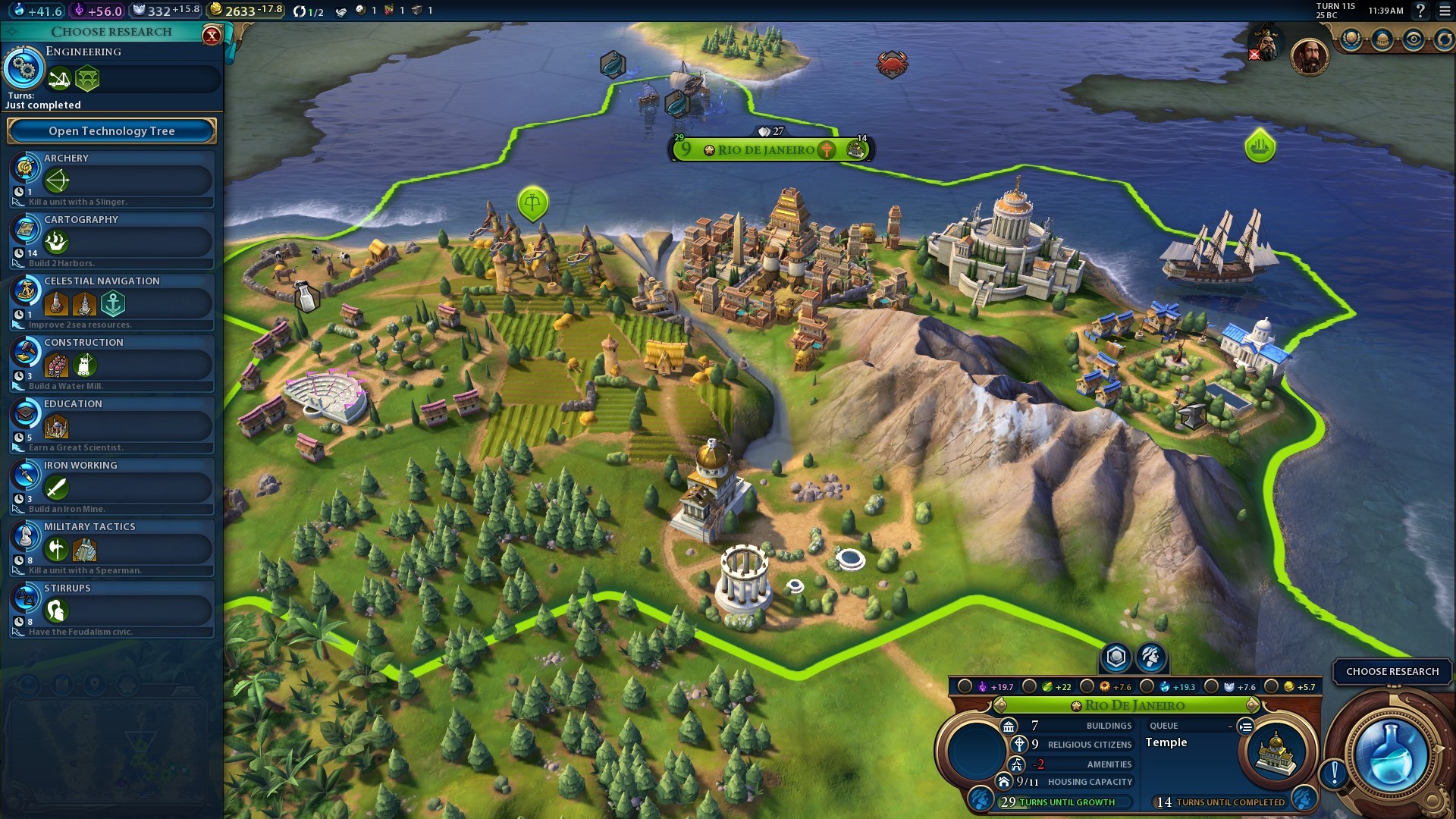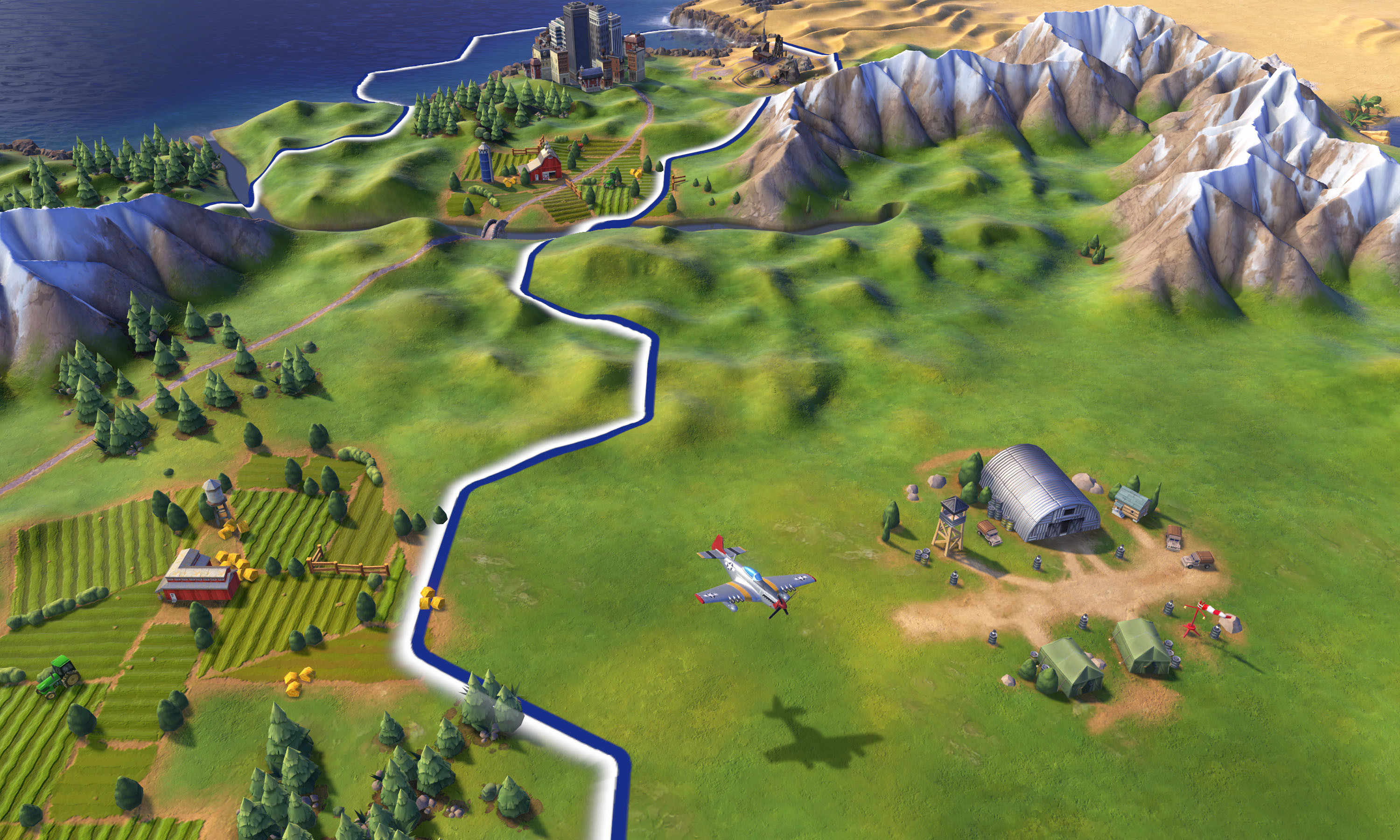
There are 11 of these and the amount you can have in one city depends on its population. They take up their own tile, removing the yield and any bonus resources that were originally on the tile in the process. In this game, cities are split out into separate areas, based on a specific function. And nowhere is this better seen than with the district system.

Planning is another thing that is key to having any kind of success in Civ VI. And as you work through the tree you’ll be able to research new government types, which contain even more policy slots. If someone decides to declare a surprise war on you, chances are you can change your agenda to suit a war economy within just a few turns. And you can change them often enough that you never feel locked into one agenda. This allows you to create the perfect government for your empire, your goals or your present situation. Meanwhile, researching civics rewards you with powerful policy cards that you can drag and drop into a policy agenda. So players looking to wreck their next door neighbour aren’t forced to research astrology or sailing right away, and can instead rush towards archery and bronze working. With the tech tree, you aren’t forced to research stuff that isn’t conducive to your end-game. Both are set up in a way that means you can really choose specific paths based on what your end-game is. The tech and civic trees are brilliant examples of this.
Civ 6 world builder xbox one full#
With Civ VI, Firaxis simply hands you a box full of rich and wonderful systems and concepts, and then leaves it up to you as to how best to use them.

The avenues you can take to get to each victory are endless, and no two games are ever the same. And this is where the real beauty of Civ VI lies. Winning is nice, but the real fun lies in the journey you’ll take in getting there.


 0 kommentar(er)
0 kommentar(er)
